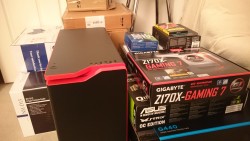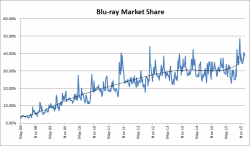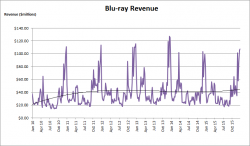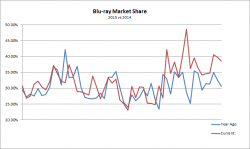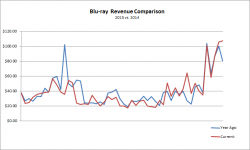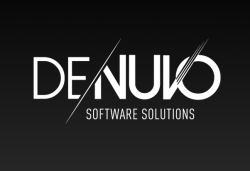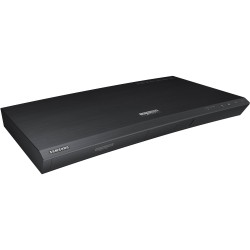With any luck, I’ll have the first part of my epic PC building guide out on my blog this week, the first part will cover picking and buying of the parts needed for a system, sharing some of my own learned experience on the issue (like how to do price comparisons, check for compatibility, reviews …). The actual build was finished earlier in the week (very good fun, if you must know), but I haven’t had time to tweak and tune the system yet, let alone overclock. In the meantime, here’s a couple of PC build porn pics for you to enjoy.
Oh yes, we have news to cover, don’t we?
![]()
The EFF is on the warpath again, this time protecting all of us Internet users from the latest short-sighted plans by content-holders to remove piracy from the Internet. Instead of the current DMCA system, rights-holders wants a new one that puts the onus on the likes of Google to keep pirated content from being found.
Under the current take-down system, rights-holders have to specifically provide each and every URL to be removed. This game of copyright whack-a-mole has proven extremely ineffective, and so rights-holders have devised a new plan – get Google to do everything! Instead of providing the URL, rights-holders only want to identify the actual content being pirated (eg. the movie “The Hateful Eight”) and they want Google and others to identify and remove all related piracy links for said content. So Google’s copyright policing role expands to being ongoing, perpetual detectives, in a never ending search for pirated links.
For obvious reasons, Google don’t want to do this, and why should they? A search engine should not be responsible for content that it has no control over, and it should not be tasked with identifying the legality of a piece of content that it has no legal claim on. Only the rights-holders really know what and what doesn’t belong to them, and so it’s their responsibility to identify and submit URLs for removal.
And it’s not as if these same rights-holders have no responsibility when it comes to piracy – in fact, some of their inaction may be directly responsible for the stuff being uploaded online, including most of this and last season’s Oscar nominated movies.

Hollywood has been supplying pirates with the best movies of the year, thanks leaks of DVD screeners
A Variety report has confirmed what we’ve all long suspected, that Hollywood really doesn’t like new technology, specifically digital. This is why they are still using snail mail to send DVD screeners to award voters, the same screeners that habitually get leaked and uploaded online. But Hollywood still doesn’t like to do screeners digitally. Why? Because, apparently, they think that the 1% chance of digital screeners being copied and distributed illegally is not a chance worth taking (they much prefer the 99% chance that DVD screeners have of getting leaked, I guess?).
The other reason they don’t like digital screeners is also symptomatic of Hollywood’s slow embrace of all things digital, at least when compared to tech companies. Hollywood execs don’t like digital screeners because there does not exist a single platform that will support every studio’s digital screeners. It’s actually the same problem we as consumers face, and Hollywood studio greed has been the reason why every studio has their own convoluted way to play UltraViolet content (WB has Flixter, Sony has Sony Pictures Store, Fox and Disney don’t even use UltraViolet), as opposed to just supporting one of the major platforms (like iTunes, Android Play and whatever thing Microsoft uses).
So stuck with the irrational fear of digital piracy, and the slowness in embracing the new, I guess it’s going to be DVD screeners for a while longer still. Come January 2017, I’ll be keeping an eye out for the DVD screener leaks of that year’s award contenders.
——
I get most of my new music from Spotify, and if that fails (or if my significant other wants to listen to Taylor Swift … oh alright, if *I* want to listen to Taylor Swift), then it’s a quick hop to YouTube. But what if you could combine the best of both worlds, a Spotify like interface that let’s you listen to music sourced from YouTube music videos? Too good to be true? It is.
At least, it is from a legal point of view. New start-up Wefre‘s dream of turning this to reality has quickly turned into a nightmare, part of it because they underestimated how popular this thing could be, but also mainly because they failed to understand the basics of copyright on the Internet: if music labels aren’t getting big money from it, you’re doing it wrong!
Wefre, now “temporarily” suspended only two weeks after launch, was doomed to fail from the beginning. It’s creators failed to see just how rights-holders, and YouTube, might not like what they were doing with the legally uploaded music videos (what they did probably breaks YouTube’s terms of service anyway), and probably also failed to remember you can’t just copy Spotify’s interface without repercussions. Still, despite Spotify’s existence, there still seems to be a wanting of a way to freely stream music, all the music (I’m looking at you Taylor Swift). So those in the industry will have to constantly battle tools like Wefre, or they do the proper thing and just let Spotify have everything (which is a good thing for everyone involved).
——
Gotta get back to watching the tennis now, plus doing more writing on the PC build guide. Have a great week!




